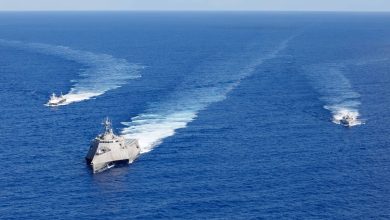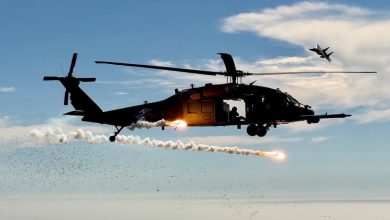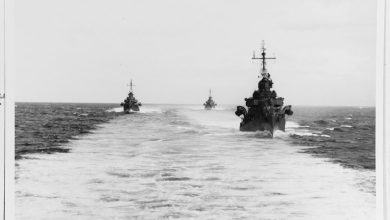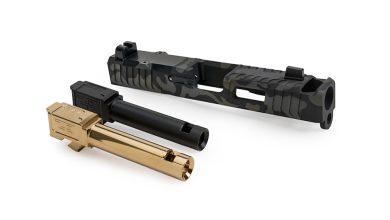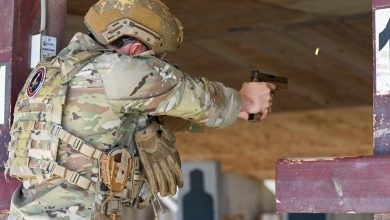Compressed Time
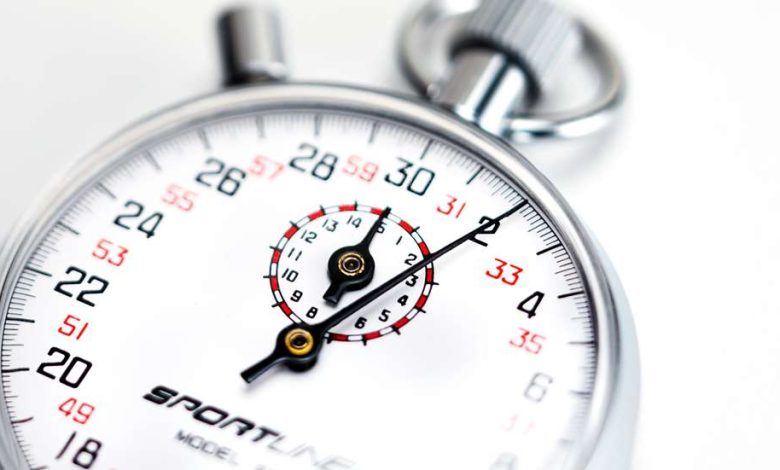
Unitarily with safety and gun handling, marksmanship includes both the mastery of speed–which is a byproduct efficiency, and accuracy—which is a byproduct of control. The greater your efficiency the greater your speed. The better your control the better your accuracy.
The only remaining problem to solve, provided you can place a round anywhere you want on the range at any distance, is how to compress the time in which you can perform that task. When challenged with performing a task in a compressed timeframe, the first and most critical step is prioritization. This means identifying the core objective—what must be accomplished versus what is optional or can be deferred. Break the task into high-impact components and sequence them according to urgency and dependency.
Time becomes a non-renewable shooter’s resource, so your timeframe reference must first shift from seconds to tenths of a second. Set tight waypoints, like purchasing a positive strong hand grip when in the holster. Pre-empt potential setbacks like flubbing your support hand-with-strong-hand linkup, keeping a hard visual target focus and eliminating all non-essential physical activities like bending your knees or moving your head. Any unnecessary movement costs valuable time.
The key to efficiency in shooting is no wasted movement – not just with your gun handling, that includes drifting mental focus, adding tension or losing hard visual focus. Pure shooting efficiency can only be found in unification of both mind and body while connected to the gun. Shooting performance under time pressure requires focused mental, visual and operational efficiency — again, no waste. Distractions must be eliminated entirely—this is not the time for processing irrelevant environmental input. Your one and only objective should be to bring stability to alignment and break shots without disturbing that alignment.
The 80/20 Rule Rules
The Pareto principle (80/20 rule) becomes a guiding principle: aim to deliver 80 percent of the outcome with 20 percent of the effort. Speed does not translate to recklessness, but rather deliberately controlled execution with zero wasted movement.
As par time approaches, the final phase shifts to delivery under pressure. This is where self-trust, consistency and competence are essential. The most difficult part is self-trust. Do you unconditionally believe or know that your shooting process will unerringly complete the task? Because the very first thing to deteriorate is confidence. Mechanically speaking you want to get on the gun early. That is clear your cover shirt (if concealed) and any holster retention to apply that strong hand grip firmly and durably on the initial draw. All of which can be done at your maximum physical mechanical limit – the edge-of-crazy speed your body can sustain while maintaining full and complete control.
Next is welding both hands together and bringing the gun up into your peripheral vision area workspace. All this needs to happen in under one second. If you’re a shooter that works with numbers, then this should be around a .65 to get both hands together from holstered.
Next push the gun out to your non-periphery field of vision encompassing the visual center of the intended target. Here is where you pick up the sights (irons or optics) and lastly flash your immediate visual verification. All of which may be at or around a second depending on your skill level.
The three things that take the most time are:
- The initial strong-hand-only grip, followed by,
- Drawing the gun out of the holster and linking up with your support hand, and lastly,
- Establishing and ensuring alignment where you may need to make further micro-corrections when steering the gun up on target.
To shave time on steps one and two you can move at the pace of your mechanical limit –the speed at which your body is maximally capable – get from the holster with both hands moving forward faster than you think you can. You’re not quite yet visually aligning at this point but instead, rely on your body’s proprioceptors to gain kinesthetic alignment. Again, no time limit and no press, so why aren’t you ripping the gun out of your holster at top controlled speed?
Did It Work?
The third and final step is alignment verification. You should at least be completing your trigger press at the wall by the time you’re ready to verify and then break the shot immediately upon visual verification. The efficiency here is to be there early – get there with your mind first, so that when your body finally catches up, you’re already there – mentally prepared and in mid-press. Failure to arrive there earlier with your mind results in a loss of efficiency which equates to loss of time. When you’re working in tenths of a second, that’s long enough to go home, make a Chicago deep dish pizza and drive back to the range.
The best kept secret of the masters is to follow the shooting process, get there early mentally and stay connected to the gun throughout the entire process. The result of such efficiency and control ends up being optimal shooting performance in compressed time.
Read the full article here




